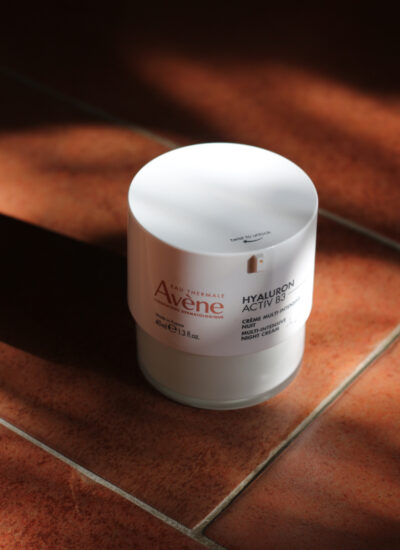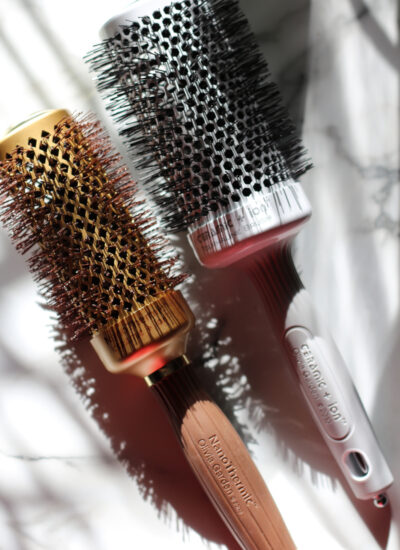
Since the beginning of this year when my period started to get regular, I noticed it had become in tune with the cycle of the moon. This enticed me to know more about this phenomena. Problem is, the moon’s cycle is 29,5 days, and isn’t the menstrual cycle 28 days? So how does this work, and how does the body keep up?
After somewhat managing to stabilize my hormones and be almost completely pain-free most months, I figured a “healthy” and “normal” menstrual cycle should last 28 days. Usually, every time my period would come late, it would be quite painful, and I would also experience PMS. But luckily, for the last two months, I am not experiencing any pain or PMS.
Truth be told, the last couple of months have proven this theory (that late period can be painful) to be wrong with my dabble with vitamin D, you do not have to have an exact count of 28 days to have a healthy or a normal cycle.
If the moon can have an effect on the sea levels and considering the human body is about 60% water, it does seem unlikely that it wouldn’t have an effect on our body as well.
If your body now decides – or I don’t know exactly how it works – to follow the phase of the Moon it will have to be late or early a few times during the year to catch up with the Moon’s 29,5 day cycle. Well, this was my reasoning until I investigated further…
The Science behind Moon phases and the Menstrual Cycle
There have been a few studies done on this correlation, where a study in 1980 and 1986 found that a woman’s menstrual cycle does indeed be likely to sync with the moon’s phases. However, one study found that women were more likely to ovulate during the new moon, while the other said women were more likely to menstruate during the new moon, totally contradicting one and other.
But it doesn’t stop there, a recent small study done 2013 found there to be no correlation between a woman’s menstrual cycle and the moon’s cycle, and kind of debunking this myth. But there are a few things to have in mind:
- Nowadays we have too much distracting light.
- We’re a stressed species, which we know have a great effect on our hormones.
- We consume birth control which screws with our hormones.
- Majority of people don’t seem to be as or at all in tune with their bodies or our earth as we were back then, to be frank.
Sometimes comparing answers from studies from then and now isn’t as evident as we like to think.
How long should our menstrual cycle be?
Because menstruation and ovulation do not go thoroughly hand in hand, it’s fully possible to have one but not the other, it’s almost like we should re-investigate if the human menstrual cycle truly is 28 days as told by the mainstream. As we know with our solar system, a year isn’t truly 365 days (365.25 days to be exact), and one full day isn’t exactly 24 hours (it actually takes 23 hours and 56 minutes and 4 seconds for the Earth to rotate on its axis). So how long should a normal and healthy menstrual cycle truly be?
Well, I happen to stumble upon something very interesting, in the book Blood Relations: Menstruation and the Origins of Culture, it is discussed and confirmed that the human menstrual cycle may be in fact 29,5 days, exactly the length of time it takes for the moon to go through its stages.
“Vollman at al. (1968, 1970, 1977) as well as Treloar et al. (1967, 1981) through their extensive prospective studies, have clearly shown that women whose cycles approach the 29.5 day span have the highest likelihood of fertile cycles, while women whose cycles become longer or shorter have a proportionately diminishing incidence of fertile cycles… That the most fertile reproductive cycle has the same length as the lunar cycle, i.e. 29.5 days, is an intriguing biological coincidence.” Quote
The figure is taken from three extensive studies, one which compiled over 270 000 cycle lengths of women through all ages. Though it is evident that western women’s menstrual cycle length varies widely and that only about 28% of the reproductively active women show a 29.5 ± 1 day cycle length, it is established that this particular length of cycle tends to be the most fertile one. The studies also found that women who have regular weekly sex tend to have significantly more 29.5 ± 3 day cycles than women who have either sporadic or celibate sexual patterns. This could be because sex regulates hormones.
Knowing about how women have the direct advantage, where our health is much mirrored with our fertility (not always though!), it is safe to say in this case that high fertility rate = health, and so it seems that a healthy cycle should be 29.5 give or take 3 days, and there’s no need to be fixated on the number 28.
How do I sync my menstrual cycle with the moon?
From the information I’ve managed to gather through forums and comment sections, women who seem to experience this phenomenon, do seem to live a very holistic and healthy lifestyle. But don’t take my observations as a cut in stone.
There’s talk about exposing yourself to the Full Moon’s bright light (aka Moon bathing) to fall in harmony with the moon. And while there is a study showing how exposing yourself to moonlight, or in this case a 100w bulb, in the night during day 13 to 17 of your menstrual cycle can help regulate your hormones, I’m not so quick to say that moonlight is all that matters for your menstruation to become locked with the Moon’s phase. Because, hey, I’m modern, I do check my phone before bedtime and expose myself to a lot of artificial light.
I tried looking for some sort of guide, but from my findings, it seems to be about health and low-stress levels mostly. In other words: feeling generally connected (physically, emotionally, sexually, mentally and soulfully). If you manage to live consciously, your hormones will balance off and your period will come back in sync with the moon’s phase.
However, from my own experience, Vitamin D is an important factor. Lack of it can cause hormonal imbalance. Vitamin E, Flax Seed oil, Evening Primrose Oil, Algae DHA (no need to take fish oil) also contribute to regulated hormone levels which in turn may help the period go back in tune with the moon.
The Two types of Menstrual Moon Cycles
From poking around on this subject on the Internet, the general info is that Full Moon is when you’re fertile, and during New Moon is when you shall menstruate. But what I found in the comment section about this subject was a large group of women agreeing to the fact that they menstruate during the Full Moon and ovulate on the New Moon instead. On the other hand, my panty liners and I seem to follow the “general” rule that is told, my period will always, since the beginning of this year, start on the day or ±3 days around the New Moon.
So how come women have different experiences, and which cycle is the right one?
I did some research and found out that both cycles are correct and that it’s only a matter which Moon phase your body decides to follow. Some women follow the White Moon Cycle (ovulates on Full Moon) and some follow the Red Moon Cycle (ovulates on New Moon). As women get older their period tends to switch to the Red Moon cycle but may transition from one to another depending on where you are in life. No matter which Moon cycle your body is attached to it’s equally powerful and healthy.








